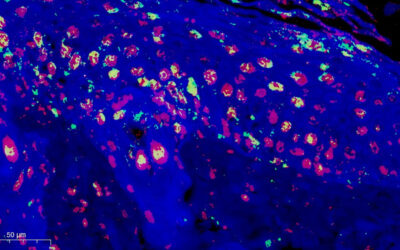The treatment of HIV currently does not include clinically available options utilising the benefits of nanotechnology. High doses of toxic antiretroviral medicines are given to patients globally and this generates a high national cost burden. Decreasing dose whilst maintaining effective treatment is clear goal of HIV clinical research and attempts to decrease the dose of one drug, efavirenz, by 50% are considered to be a priority.
New research, reported in Advanced Healthcare Materials, has now shown the application of nanomedicine approaches that suggest a considerable decrease of 66% for efavirenz through an oral dosed therapy. The techniques that are presented are commercially viable and offer benefits to clinicians, patients and national healthcare systems. Through forming small particles of efavirenz, which are less than 1/100th of the width of a human hair, the particles have been shown to have lower toxicity (a problem with all HIV therapies) but higher transport through a model of the human gut. The process forms a solid material that disperses to release the nanoparticles of efavirenz when it is added to water. The solids are stable for long periods of time, offering the potential to form tablets or capsules that can be produced, stored and dosed in resource-limited countries.
















